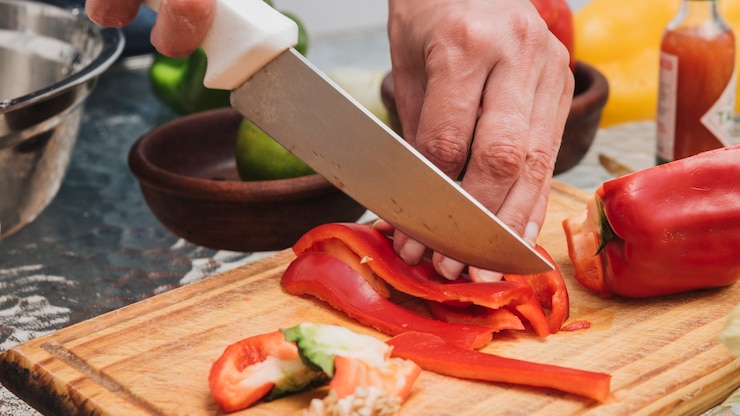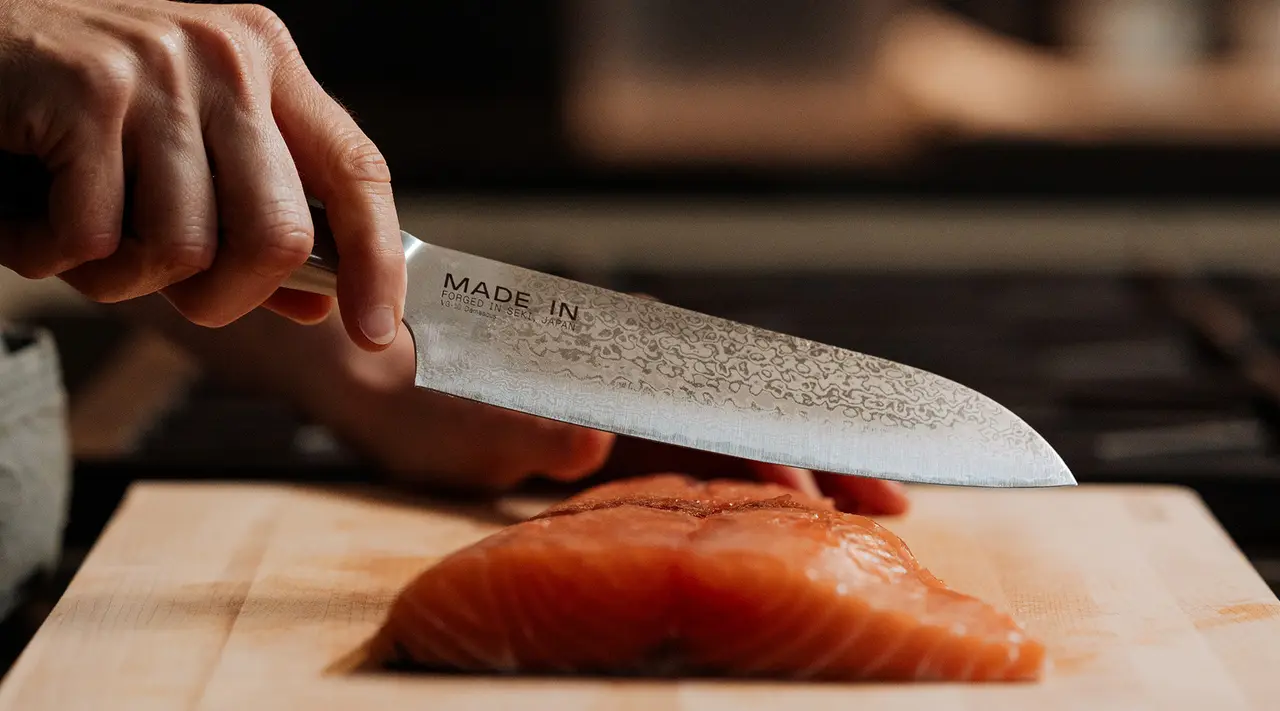In the world of culinary arts, the German carving knife stands as a paramount tool, revered for its precision, durability, and versatility. For kitchen professionals, a reliable carving knife is not just an accessory but an extension of their culinary expertise. Known for their craftsmanship, German carving knives have become a staple in kitchens worldwide.

What Makes the German Carving Knife Stand Out?
German knives are renowned for their robust design and sharpness, traits that are critical in a professional kitchen setting. Crafted meticulously, these knives often feature high-carbon stainless steel, ensuring longevity and resistance to corrosion. The weight and balance of a German carving knife allow chefs to perform tasks with precision and ease, from slicing through thick cuts of meat to delicately carving intricate designs.
The Craftsmanship Behind German Knives
German knives are celebrated for their impeccable craftsmanship. The city of Solingen, often referred to as the 'City of Blades,' has been a hub for knife-making since the Middle Ages. This rich heritage contributes to the superior quality of German knives today. For an in-depth look at this history, you might explore A Look Inside the Cutlery Center of the World.
The Anatomy of a German Carving Knife
Typically, a German carving knife features a long, slender blade that tapers to a sharp point. This design is integral for smooth slicing, allowing chefs to cut through meat without tearing or shredding the fibers. The blade's length is crucial for achieving even, consistent slices, especially when dealing with larger cuts of meat such as roasts or turkeys.
Blade Composition and Design
The high-carbon stainless steel used in German knives provides a perfect balance of hardness and toughness. This composition allows the knife to maintain its edge longer while being resistant to chipping. Additionally, the full tang construction, where the blade extends into the handle, offers improved stability and control.
Maintaining Your German Carving Knife
To ensure longevity and performance, proper maintenance of your knife is essential. Regular honing and occasional sharpening will keep the blade in optimal condition. For a comprehensive guide on sharpening techniques, consider visiting How to Sharpen a German Knife.
Storage and Care Tips
Storing your knife correctly is just as important as maintaining its edge. Using a knife block or magnetic strip can prevent unnecessary wear on the blade. Additionally, always hand wash your knife with mild detergent to preserve its finish and sharpness.
Why Professional Chefs Prefer German Carving Knives
Professional chefs often choose German carving knives for their excellent performance and reliability. The ergonomic design of the handle ensures comfort during extended use, reducing hand fatigue. Moreover, the knife's balance allows for precise control, which is crucial for intricate tasks.
Comparing German and Japanese Knives
While both German and Japanese knives are esteemed in the culinary world, they cater to different needs and preferences. German knives are typically heavier and more robust, making them ideal for heavy-duty tasks. For those interested in the differences, German vs. Japanese Chef's Knives offers a detailed comparison.
Integrating the German Carving Knife into Your Culinary Arsenal
Incorporating a German carving knife into your kitchen can elevate your culinary creations, providing the precision and efficiency needed for professional-grade results. Whether you're preparing a holiday feast or crafting a gourmet meal, this knife is an indispensable tool.
Final Thoughts on the German Carving Knife
In conclusion, the German carving knife is more than just a tool; it's a testament to the rich tradition of German craftsmanship and a vital asset for any professional kitchen. For more insights into choosing the right knife, you can explore Stainless Steel vs. Carbon Steel.

FAQs
What is the main difference between a German carving knife and a chef's knife?
A German carving knife is specifically designed for slicing meat with precision, featuring a longer and narrower blade compared to a chef's knife, which is more versatile for chopping, slicing, and dicing a variety of ingredients.
How often should I sharpen my German carving knife?
It is recommended to hone your knife regularly, ideally before or after each use. Sharpening should be done as needed, depending on the frequency of use, typically every few months for home cooks and more frequently in professional settings.
Can German carving knives be used for tasks other than carving meat?
Yes, while primarily designed for carving meat, their precision makes them suitable for slicing fruits, vegetables, and other delicate tasks that require a clean cut.


























